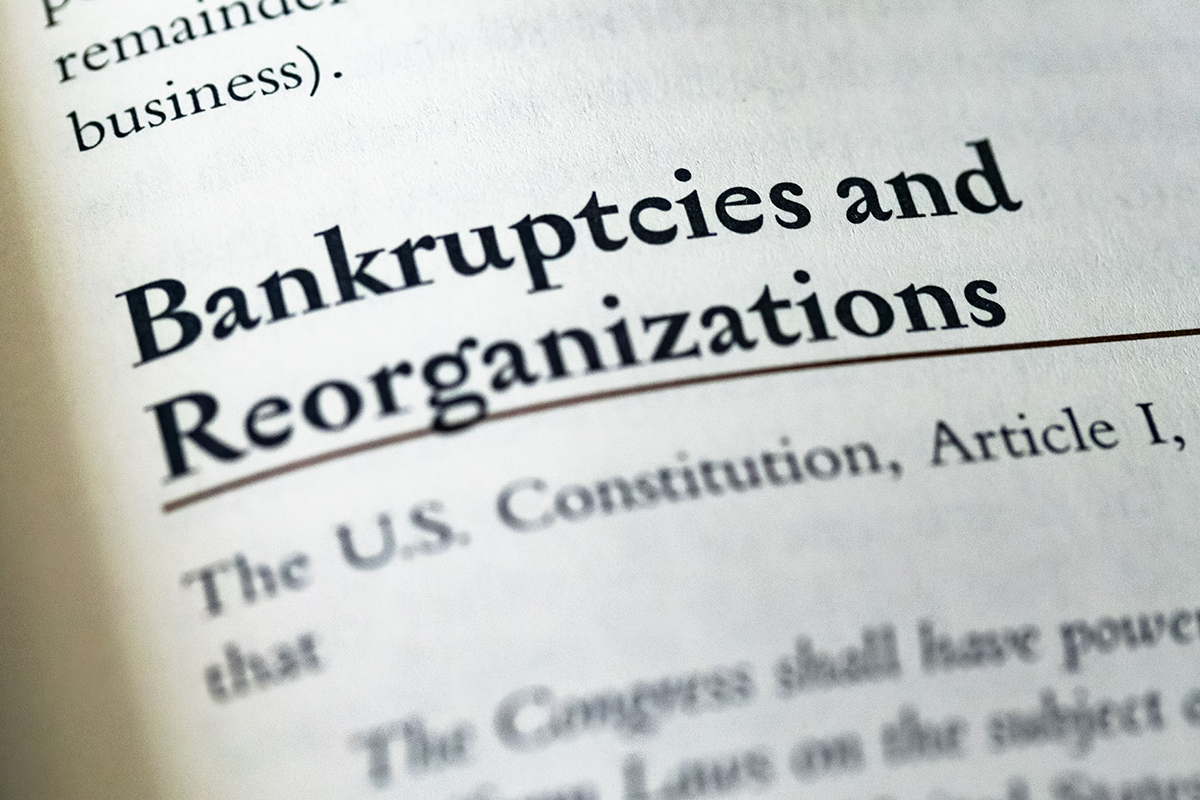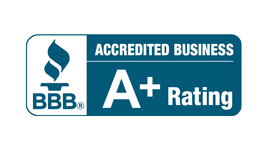Filing Bankruptcy in Ohio
Bankruptcy can be a lifeline for those overwhelmed by financial difficulties, offering a chance to clean the slate and rebuild from the ground up.
Whether it’s mounting medical bills, job loss, or an unexpected economic setback, bankruptcy provides legal protection and a structured path to address your debts. Far from being a mark of failure, it’s a financial tool designed to help you regain control and confidently move forward.
However, the success of a bankruptcy filing hinges on proper preparation and a clear understanding of the process. Here are five tips that can help you file bankruptcy successfully in Ohio:
1. Choose What Kind of Bankruptcy: Chapter 7 vs. Chapter 13
Choosing between Chapter 7 and Chapter 13 bankruptcy is key to addressing your financial challenges effectively.
Chapter 7 (Liquidation Bankruptcy)
Ideal for those with limited income and few assets. It discharges most unsecured debts, like credit cards and medical bills, within a few months. However, non-exempt assets may be sold to repay creditors.
There were 7,647 Chapter 7 bankruptcies filed in the Southern District Courts of Ohio in 2024, while the Northern District Courts of Ohio had 10,727 Chapter 7 filings during the same year. [1] [2]
Chapter 13 (Reorganization Bankruptcy)
It is suited for individuals with a steady income who want to retain their property. It involves a 3-5 year repayment plan to catch up on debts like missed mortgage or car payments.
In 2024, the Southern District Courts of Ohio recorded 3,371 Chapter 13 bankruptcy filings, while the Northern District Courts of Ohio reported 2,962 filings. [1] [2]

Ohio-Specific Considerations
- Means Test: To qualify for Chapter 7, your income must be below Ohio’s median salary. If your income is above the median salary is Ohio, you may still qualify based on expenses.
2. Gather and Organize All Financial Documentation
Proper documentation is critical for a smooth bankruptcy filing. Missing or incomplete paperwork can delay the process or even result in your case being dismissed.
Key Documents You’ll Need
- Recent tax returns (usually the past two years).
- Pay stubs or proof of income for the last six months.
- Bank statements for all accounts.
- Credit card statements and a list of debts.
- Property deeds or vehicle titles for assets you own.
- A detailed list of monthly expenses and living costs.
Ohio-Specific Considerations
- Ensure your documents include accurate valuations of your property, as Ohio’s exemption laws will determine what assets you can keep.
- You will need to prove your income eligibility for Chapter 7 through the means test, so provide detailed records of all sources of income.
Tips for Success
- Double-check for accuracy: Mistakes in your paperwork can result in legal complications.
- Stay organized: Use folders or digital tools to keep documents in order.
- Work with your attorney: They can guide you on exactly what’s required and ensure nothing is missed.
Taking the time to organize your documentation ensures a more efficient filing process and helps avoid delays or errors.
3. Know Ohio's Exemption Laws
Ohio’s bankruptcy exemption laws play a necessary role in determining what assets you can keep during the bankruptcy process. Understanding these exemptions helps you protect your property while ensuring compliance with the law.
Key Ohio Exemptions
- Homestead Exemption: Protects up to $ 161,375 for individual filers ($322,750 for married couples) in equity in your primary residence. [3]
- Vehicle Exemption: Covers up to $4,450 in equity for a motor vehicle. [3]
- Personal Property: Includes household goods, furniture, and clothing, up to a certain limit.

Why Exemptions Matter
- Chapter 7: Exemptions help determine which assets are protected from liquidation. For example, your home and car may be safe if their values fall within the exemption limits.
- Chapter 13: Exemptions impact the repayment plan, as non-exempt assets may require you to pay more to creditors.
Tips for Maximizing Exemptions
- Accurate Valuation: Provide realistic market values for your assets to avoid overestimating and losing protection.
- Plan Ahead: Work with your attorney to structure your case to maximize exemptions.
- Stay Current on Updates: Ohio’s exemption limits can change, so ensure you are using the most up-to-date figures.
4. Work With an Experienced Ohio Bankruptcy Attorney
Filing for bankruptcy is a complex legal process, and having an experienced attorney by your side can make all the difference. A bankruptcy attorney ensures your case is handled correctly and helps you avoid costly mistakes.
Why You Need an Ohio Bankruptcy Lawyer
- Knowledge of Ohio Laws: Ohio’s unique bankruptcy regulations, including exemption laws and court procedures, require local expertise.
- Customized Guidance: Bankruptcy attorneys can assess your financial situation and recommend the best bankruptcy option (Chapter 7 or Chapter 13).
- Error Prevention: Mistakes in filing can lead to delays or case dismissal, which an attorney helps avoid.
Tips for Choosing the Right Attorney
- Check Credentials: Ensure the bankruptcy lawyer specializes in bankruptcy and is familiar with Ohio laws.
- Read Reviews: Look for client testimonials or ask for referrals.
- Schedule a Consultation: Many bankruptcy lawyers offer free initial consultations to discuss your case and explain their approach.
How an Ohio Bankruptcy Attorney Can Help
- Guide you in preparing and organizing documentation.
- Represent you in court and communicate with creditors.
- Ensure you maximize exemptions and avoid legal pitfalls.
Bankruptcy is a serious legal matter, and having an experienced attorney can streamline the process and give you peace of mind.
5. Be Honest and Proactive Throughout The Bankruptcy Process
Honesty and proactive communication are necessary for a successful bankruptcy filing. Failing to disclose information or respond promptly can lead to delays, complications, or even dismissal of your case.
Why Honesty Matters
- Full Disclosure: Bankruptcy requires you to provide a complete account of your assets, income, debts, and financial history. Omissions, intentional or not, can result in legal consequences.
- Trust with the Trustee: The court-appointed trustee will review your case in detail. Being transparent builds trust and ensures a smoother process.

Tips for Staying Proactive
- Respond Quickly: Address any requests from your attorney, trustee, or the court promptly.
- Stay Organized: Keep all related documents and correspondence in one place to avoid missing deadlines.
- Update Information: Inform your attorney of any changes to your financial situation, such as new debts or income.
Common Pitfalls to Avoid
- Hiding assets or transferring property before filing.
- Providing incomplete or inaccurate financial information.
- Missing meetings with creditors or court hearings.
By maintaining transparency and staying engaged, you can help ensure a successful bankruptcy filing and begin your path to financial recovery with confidence.
Filing for bankruptcy can be a challenging process, but with the right preparation, understanding of Ohio laws, and professional guidance, it can provide the fresh financial start you need.
Contact Ohio bankruptcy attorney Richard West today to take the first step toward reclaiming your financial future!
Sources:
[1] Court Statistics | Northern District of Ohio | United States Bankruptcy Court. (n.d.). https://www.ohnb.uscourts.gov/court-info/court-stats
[2] UNITED STATES BANKRUPTCY COURT & Southern District of Ohio. (n.d.-b). 2024DistrictCaseFilings. In Case filing data collected through the Court’s CM/ECF system is published each month. https://www.ohsb.uscourts.gov/sites/ohsb/files/case-filing-stats/2024%20Filings%20%28December%29.pdf
[3] Team, T. U., & Wimmer, A. A. (2024, August 7). What Are the Ohio Bankruptcy Exemptions? Upsolve. https://upsolve.org/learn/oh-exemptions/



